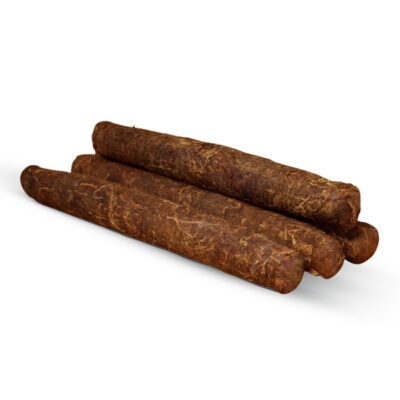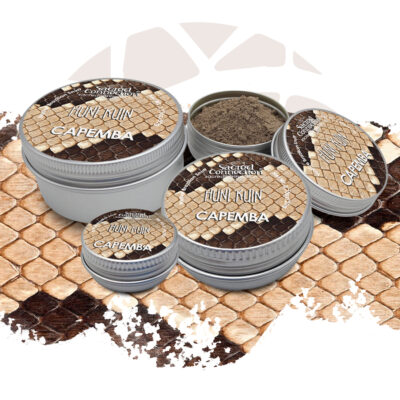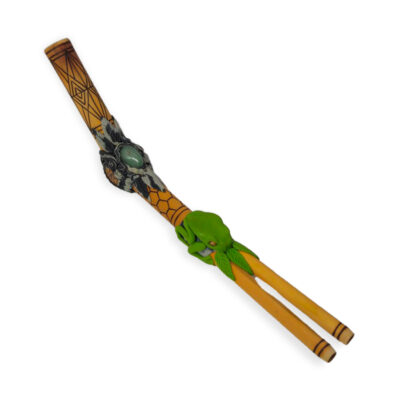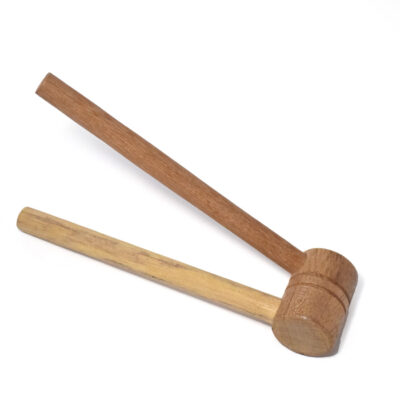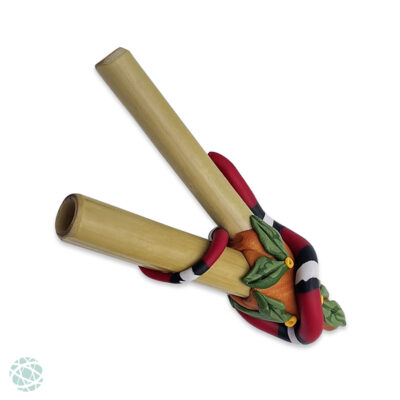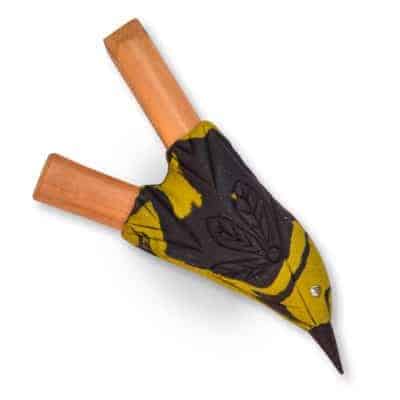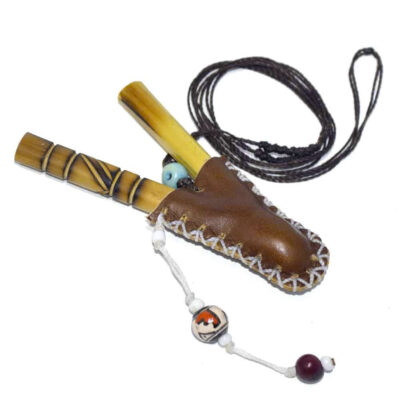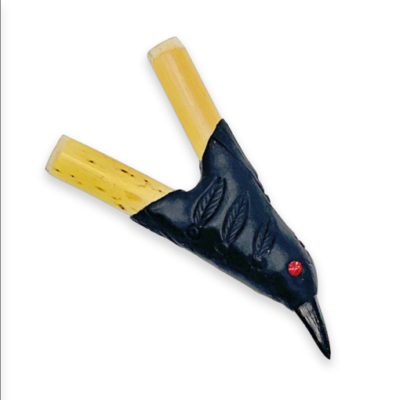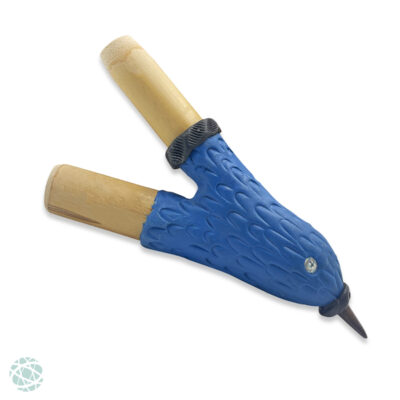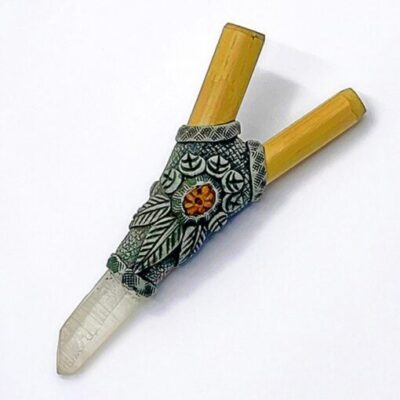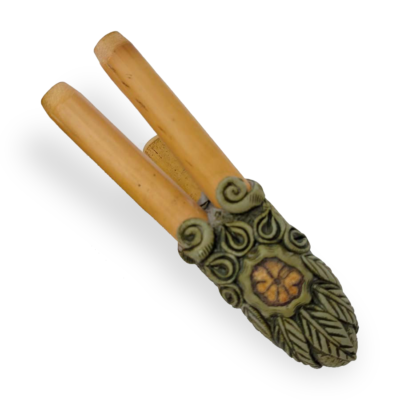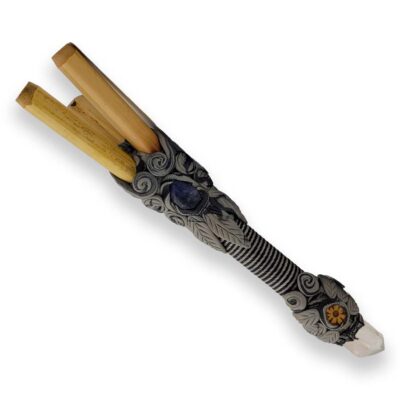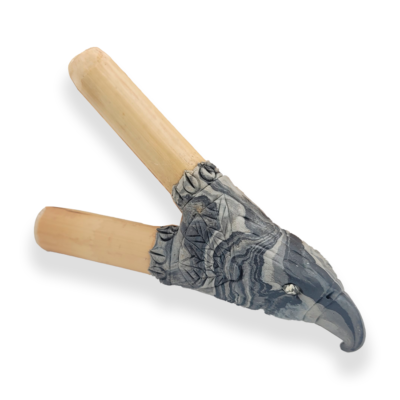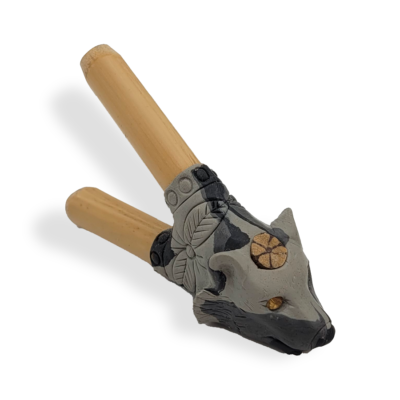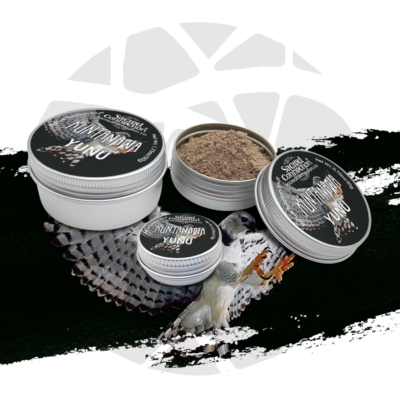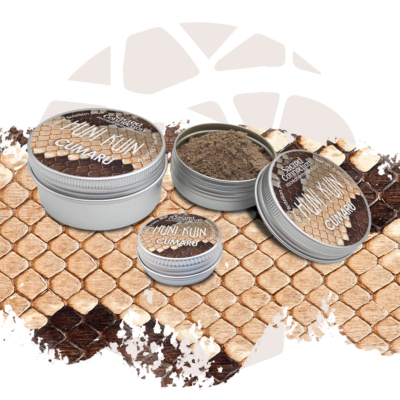Bamboo Kuripe
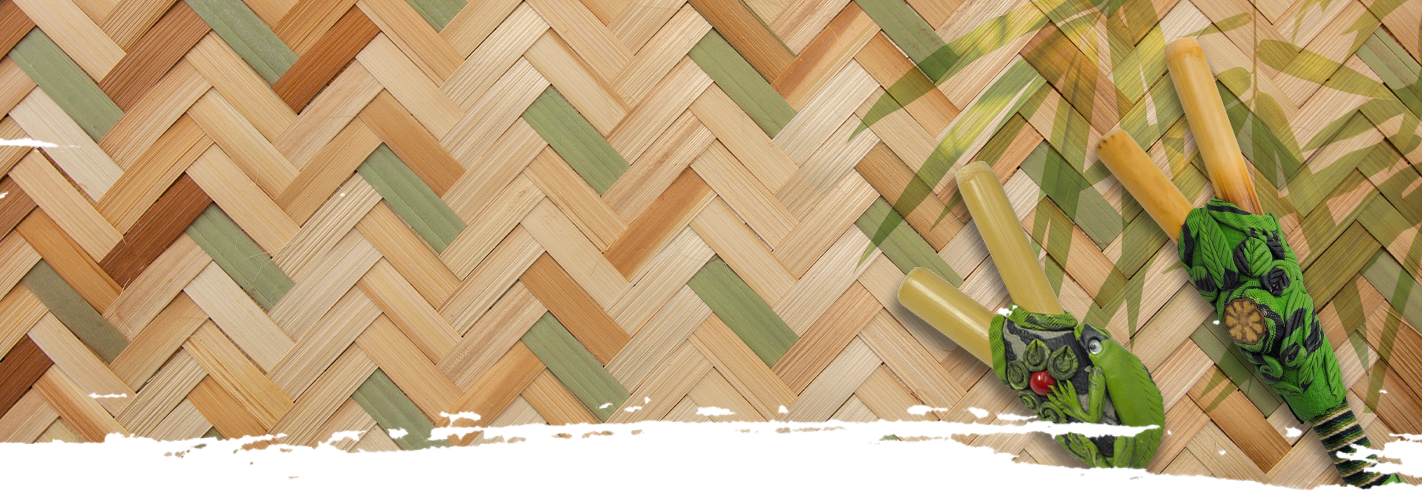
Showing 1–12 of 26 results
-
Snuff Tools, Bamboo Kuripe, Kuripe
$23.90 Select options This product has multiple variants. The options may be chosen on the product page -
Bamboo Kuripe, Kuripe, Snuff Tools
$40.00 Select options This product has multiple variants. The options may be chosen on the product page -
Kuripe, Bamboo Kuripe, Snuff Tools
$52.00 Select options This product has multiple variants. The options may be chosen on the product page -
Snuff Tools, Bamboo Kuripe, Kuripe
$28.00 Select options This product has multiple variants. The options may be chosen on the product page
Showing 1–12 of 26 results
A very personal experience
Picture a ceremony of traditional healing that involves taking rapé. Most of us will create the mental image of a circle of individuals in a sacred environment, sharing this amazing medicine in commune, binding their energy and spirits as they take in the power and soothing of this shamanic snuff.
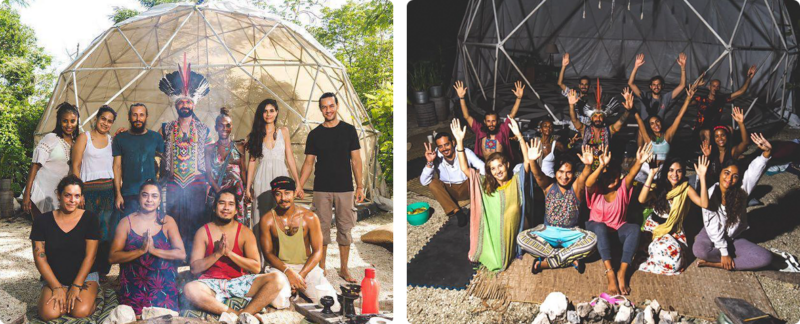

And while that picture does represent certain aspects of some ceremonies held by different indigenous communities, we should also consider the idea of simply partaking in such rites on our own, experiencing a most unique journey while working to heal our own selves.
Kuripes are the perfect tool for these individual rituals. These handcrafted pipes are shaped like a V, with one longer end meant for the nostril and a shorter end that will be pressed to the user’s lips.
Different sorts of wood or metal, bamboo and animal bones are used to create this handheld utensil, and some variations of kuripe might even carry figures of animals and entities that are sacred to the communities that dab in the crafting of kuripes, while some also present glimpses into the beauty of their arts and culture through beads or painting.
Bamboo Kuripe Pipes! Why use bamboo for kuripes pipes
Bamboo has become a widely known material for the making of kuripe pipes, as it is both light in weight and easy to carve. This material is quite abundant in nature, too, making access to it easier and more affordable for both producers of kuripe self applicators and the consumers who purchase the final products.
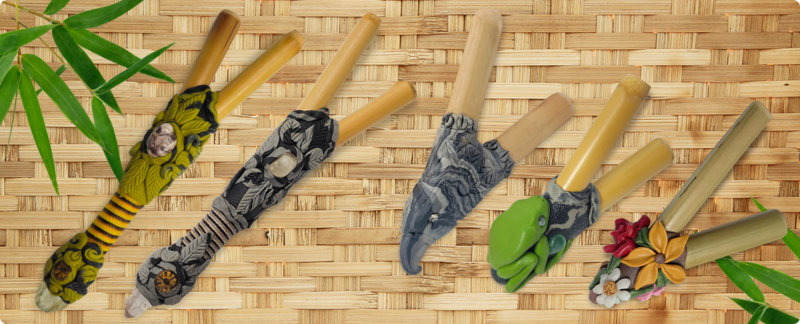

Though the kuripe pipes made from bamboo might seem fragile to the untrained eye, this material has proven itself to be quite sturdy and durable for the purpose of making rapé self-applicators. In addition, a bamboo kuripe is an eco-friendly option for those who desire to partake in the sacred journey of traditional medicine and natural healing.
Where our bamboo comes from
Sacred Medicine sources most of the bamboo used in the making of our kuripe from the county of Tarauacá, in the northern state of Acre, Brazil. According to the research conducted by the local government and Embrapa Acre, the state has the widest spread of bamboo plantations across Brazil, spanning up to 11 million hectares.
Check out the many species of bamboo present in Brazil! Click here
The expert and careful craftsmanship involved in the making of our kuripes is a beautiful product of our partnership with the Kuntanawa people.
The last descendants of the “original” Kuntanawa people, this community is spread across Alto do Juruá and Rio Tejo, adding up to 400 members of the Pano linguistic group. They refer to themselves as the People of the Coconut (Povo do Coco), and the rituals revolving around drinking Ayahuasca are a very prominent part of their culture. We also offer Shamanic Snuff blends crafted by Kuntanawa hands.
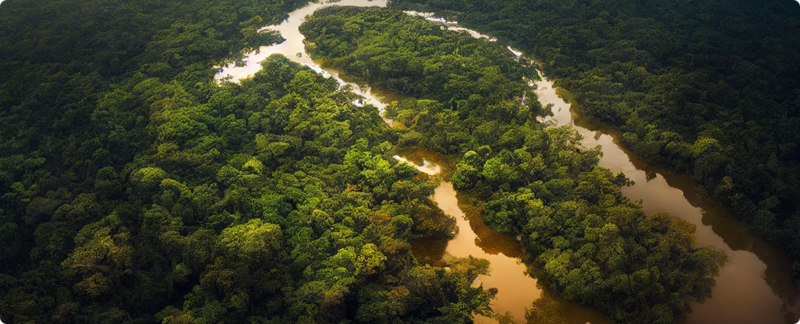

According to a collection on bamboo resources produced by different institutes and authors, South America is just second to Asia in terms of having the greatest diversity of bamboo, especially around the regions of Chile and Colombia, and these species are often referred to as being a part of a “neotropical” variety.
Across Mexico and certain regions of Central America, bamboo flourishes as well. Yet opposingly from the Phyllostachys species that grow more commonly on China and North America, for example, the “Latin” kinds of this plant are clumpers rather than runners, meaning they’re not as invasive as new plants that emerge from the groupd tend to grow and remain close to the “parent” specimen.
Guadua angustifolia is the name given to the most prominent kind of bamboo present across South America, native to Colombia’s high forests and tropical weather, also growing in Peru, Venezuela, Ecuador and the northern region of Brazil. Locals believe it to be the strongest sort of bamboo, and mature plants may reach up to 30 meters high while also being quite thick too.Shamanic Snuff blends crafted by Kuntanawa hands.
Chusquea is yet another kind of bamboo, mostly found in Chile and the islands of the Caribbean, growing to be considerably smaller than their Guadua cousins, and are frequently used for construction and different sorts of craftsmanship, as their culms are solid instead of hollow, which in its turn prevents it from cracking or splitting.Shamanic Snuff blends crafted by Kuntanawa hands.
In addition, other species like Bambuseae and Olyreae are a part of the tropical family of the bamboo tree.
Variations in color and size of kuripe may occur between batches since our products are handcrafted.

